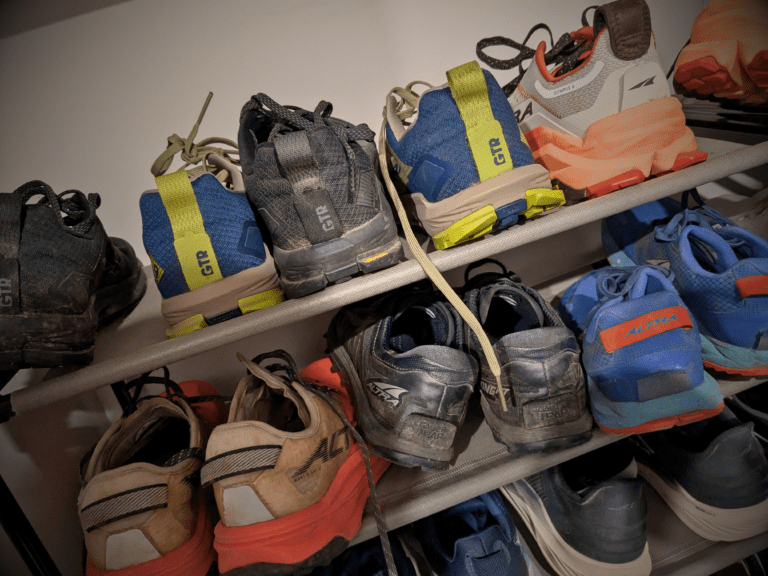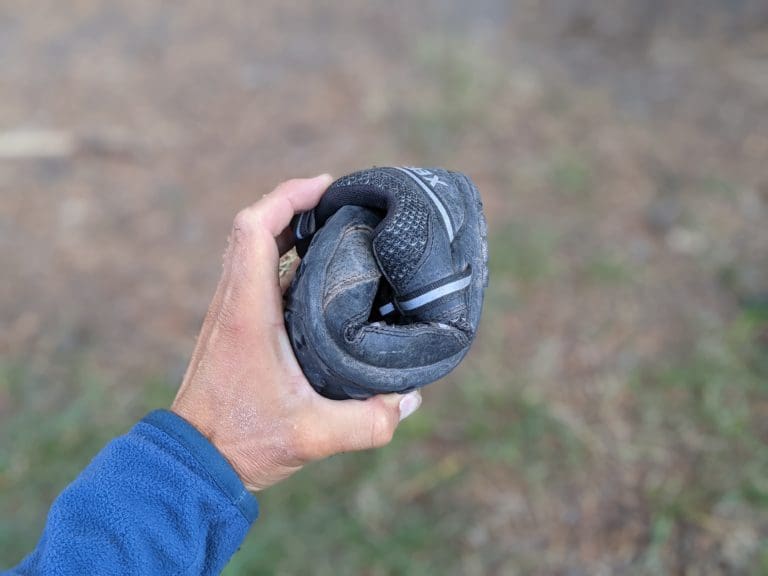Today I’m going to try and find you the best barefoot road shoe for your feet.
Not every shoe brand and model will fit your foot perfectly. Some won’t be wide enough, some won’t be deep enough, and some will plainly not stay on your feet.
That’s why the first step in the journey to finding your perfect barefoot shoe starts with the fit. Only after that point can we start exploring individual features and durability considerations.
During the post, I’ll introduce a range of barefoot road running shoes and teach which shoes favor different foot shapes and how they perform in the real world.
Let’s jump into it!
But before we get started, a huge thanks goes out to the “Barefoot and Minimalist Runners” group on Facebook for donating pictures of their feet! It makes explaining foot shapes much easier!
Affiliate Disclosure: By clicking through the links on this page and purchasing the products, you’ll be helping me out. This is done because I receive a kickback from the sellers at no extra cost to you! Thank you so much for supporting us!
Let’s determine your foot shape because that will define which shoes fit best.
Toe Length
First, let’s look at your toes. Which of the following best matches your foot?

Sloped toes – The smaller toes are significantly small than the large toes.

Morton’s Toe – Second toe is longer than the big toe, and tapers from there.

Square Toes – Small difference between the big and the little toes.
All these foot types are normal! And even if your feet look different, don’t worry; every foot in this world is different. Just find the one that matches the closest and keep on scrolling through the post.
Width
Next, let’s look at the width.
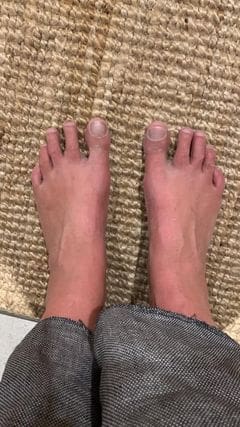
Pencil – Thin and narrow throughout the foot.
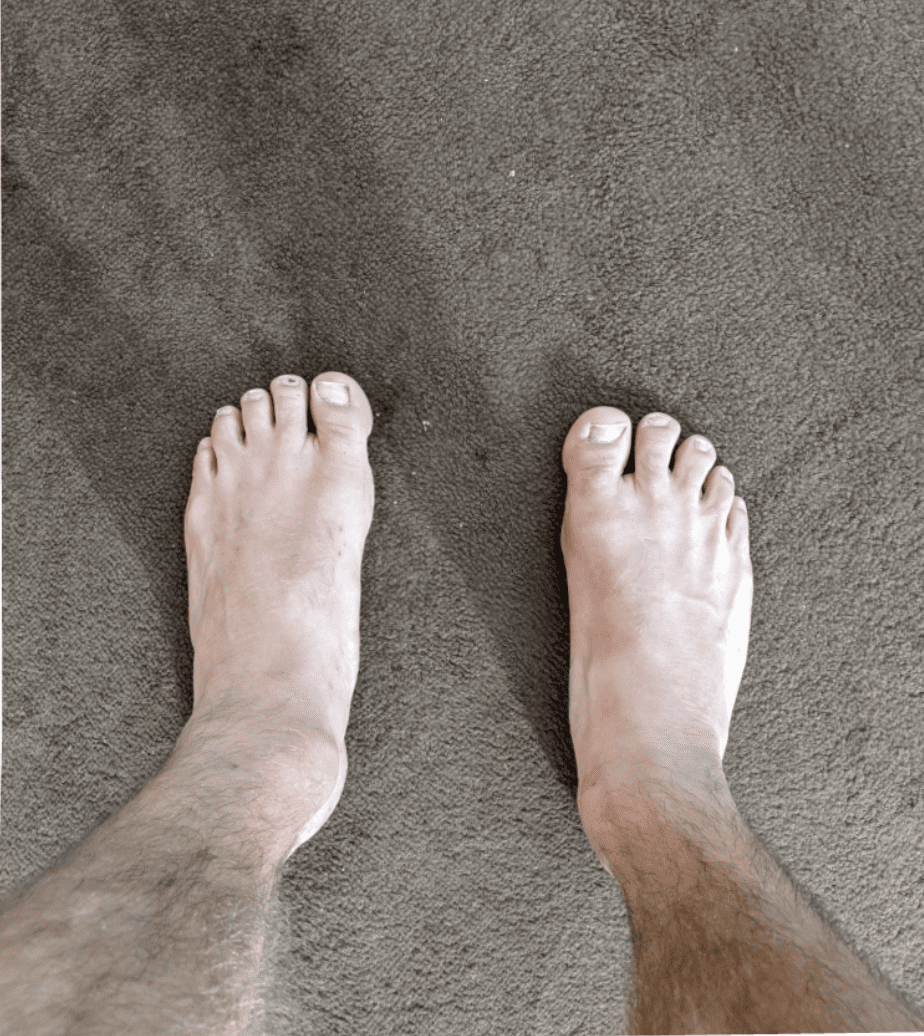
Log – Wide in the heel and a similar width is throughout the foot.
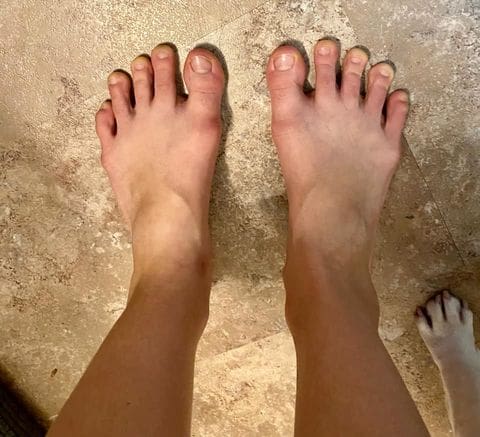
Fan – Narrow in the heel, but wide in the forefoot

Wide-Fan – Wide in the heel and even wide in the forefoot.
Again, everyone’s feet are different; just try and match your feet as closely as possible.
Depth
Lastly, let’s look at height or depth.
This is a little harder to determine, and the best way to work this out is to take your past experiences with shoes.
Shallow | Agreeable | Deep
When you slip on a shoe, do you often feel pressure over the top of your foot? If so, you’ve got a deep foot.
If you have to crank the laces on shoes to the point where you get bunching of the shoe material near the forefoot, then you have a shallow foot.
If neither sounds true, you’re like right in the middle, agreeable.
Describing your foot
Hopefully, now you’ve got 3 descriptive words that match your foot. From here, finding the right shoe for you is much more straightforward.
For example, my feet are.
Sloped | (Fan/Log) | Agreeable (Ignore the dirt 🙂 )
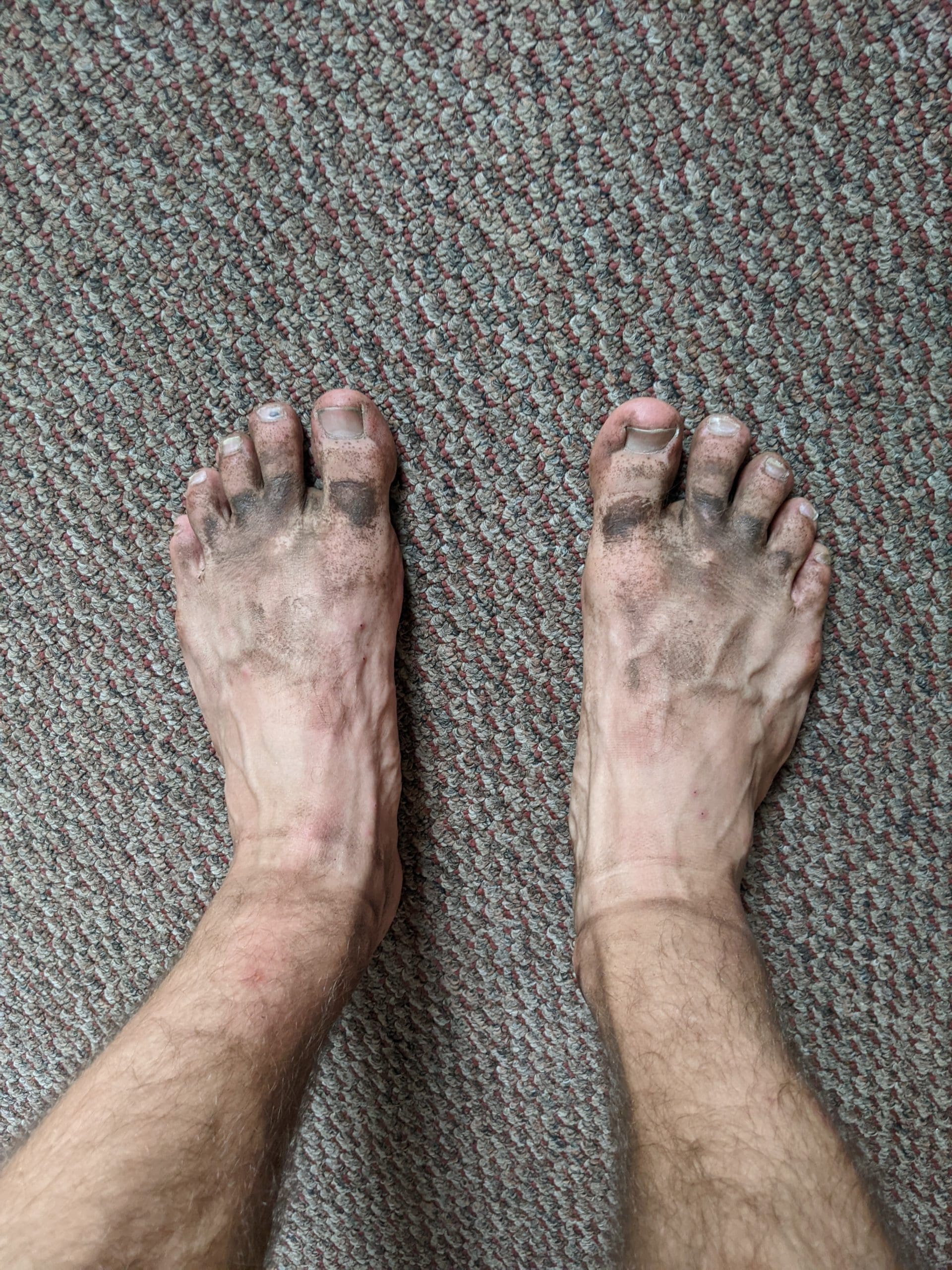
Example Shoe Fit
Now, let’s look at some shoe models and what foot types they fit.
| Toes | Width | Depth | |
| Vivobarefoot Primus Lite | Sloped | Pencil | Fan | Wide-Fan | Shallow | Agreeable |
| Xero Shoes HFS | Mortons Toe | Sloped | Log | Fan | Agreeable | Deep |
| Xero Shoes Prio | Mortons Toe | Sloped | Log | Fan | Agreeable | Deep |
| Altra Escalante | Sloped | Mortons | Square | Log | Fan | Wide-Fan | Shallow | Agreeable |
| Lems Primal | Sloped | Mortons | Square | Log | Wide Fan | Agreeable | Deep |
| Softstar Primal RunAmoc | Sloped | Mortons | Square | Wide Fan | Deep |
Obviously, there are a ton more shoes on the market. Still, this selection covers most foot types out there. And you’ll likely see it’s possible that multiple of these shoes would fit your foot shape, which is excellent! Now, you can start to look at the features of each shoe instead.
Note which shoes match your feet the best, and keep them in mind.
Every shoe has a different feel. That’s because of the materials they use, the thickness of the materials, and the shape of the shoe.
So if you’re looking for “as close to barefoot” as possible, you want a highly flexible, minimal material shoe.
But if you contrast that with durability, you’ll want a more rigid material, which ends up being less flexible.
All the shoes I list are zero-drop, meaning the heel and toes are at the same distance from the ground. But they all have different stack heights, which is the total distance from the ground.
Some have as little as 5 mm of material underfoot, and some have up to 24mm of cushion. More cushion usually means less flexibility and less ground feel, which can be good for speed but not great for barefoot training.
Now let’s look at how the shoes compare again.
| Flexibility | Ground Feel | Stack Height | |
| Vivobarefoot Primus Lite | Medium | High | 4mm + 3mm insole |
| Xero Shoes HFS | High | High | 5mm + 3.5mm insole |
| Xero Shoes Prio | Medium | Medium | 9mm |
| Altra Escalante | Low | Low | 24mm |
| Lems Primal | Medium | Medium | 9mm |
| Softstar Primal RunAmoc | High | Wide | 5mm |
If you’re looking for durability, you’re likely going to have to make a compromise in flexibility. Why’s that?
Because flexible materials often wear very quickly due to their suppleness.
The type of material can make a huge difference in durability.
Solid plastics last much longer than weaved fabric or nylon but often lack flexibility.
Softstart even takes that 1 step further and uses leather to maintain flexibility but maintain durability, raising the price and increasing the shoe’s maintenance.
| Durability | Material | |
| Vivobarefoot Primus Lite | High | Recycled Plastic composites |
| Xero Shoes HFS | Low | Thin weaved nylon/overlays |
| Xero Shoes Prio | Low-Medium | Thick weaved nylon/stitched overlays |
| Altra Escalante | Low | Flexible weave (Substantial cushion that breaks down first) |
| Lems Primal | Medium | Thick weave with faux suede |
| Softstar Primal RunAmoc | High | Leather + Vibram Sole |
The shoes that last the longest are usually the shoes that cost the most. And well, there’s usually a reason for that.
There’s always a tradeoff between longevity and price, but I’d recommend going with the shoe that will likely fit you the best and only consider durability/price second.
If you want a good barefoot experience, your feet must feel good in the shoes.
| Price | |
| Vivobarefoot Primus Lite | $160 |
| Xero Shoes HFS | $119.99 |
| Xero Shoes Prio | $89.99 |
| Altra Escalante | $140 |
| Lems Primal | $110 |
| Softstar Primal RunAmoc | $175 |
I’m hoping by now, you were able to narrow down your options to 1 or 2 shoes.
Again, pay the most attention to the shoe’s fit, and then decide which features you’re looking for in a shoe.
Buying shoes is difficult, and the first barefoot shoe you try will likely not be the best, but over time you get to know what shoes you like, and in the future, you can sort out other shoes with the same attributes.
Now I’d suggest taking those 1 or 2 shoes and jumping into the full reviews or navigating around the brand’s site to see if they’re a great fit for you.
Vivobarefoot Primus Lite – Read the Review
Xero Shoes HFS – Read the Review
Xero Shoes Prio – Read the Review
Altra Escalante – Read the Review
Lems Primal – Read the Review
Softstar Primal RunAmoc
And if you’re ever in doubt, send me an email; I’m sure I can answer your questions. 🙂

Xero Shoes Prio
A minimal shoe made to last

Xero Shoes HFS
The perfect minimal road shoe for barefoot training

Vivobarefoot Primus Lite III
Good on the road, and even in the restaurant. The do-it-all barefoot shoe
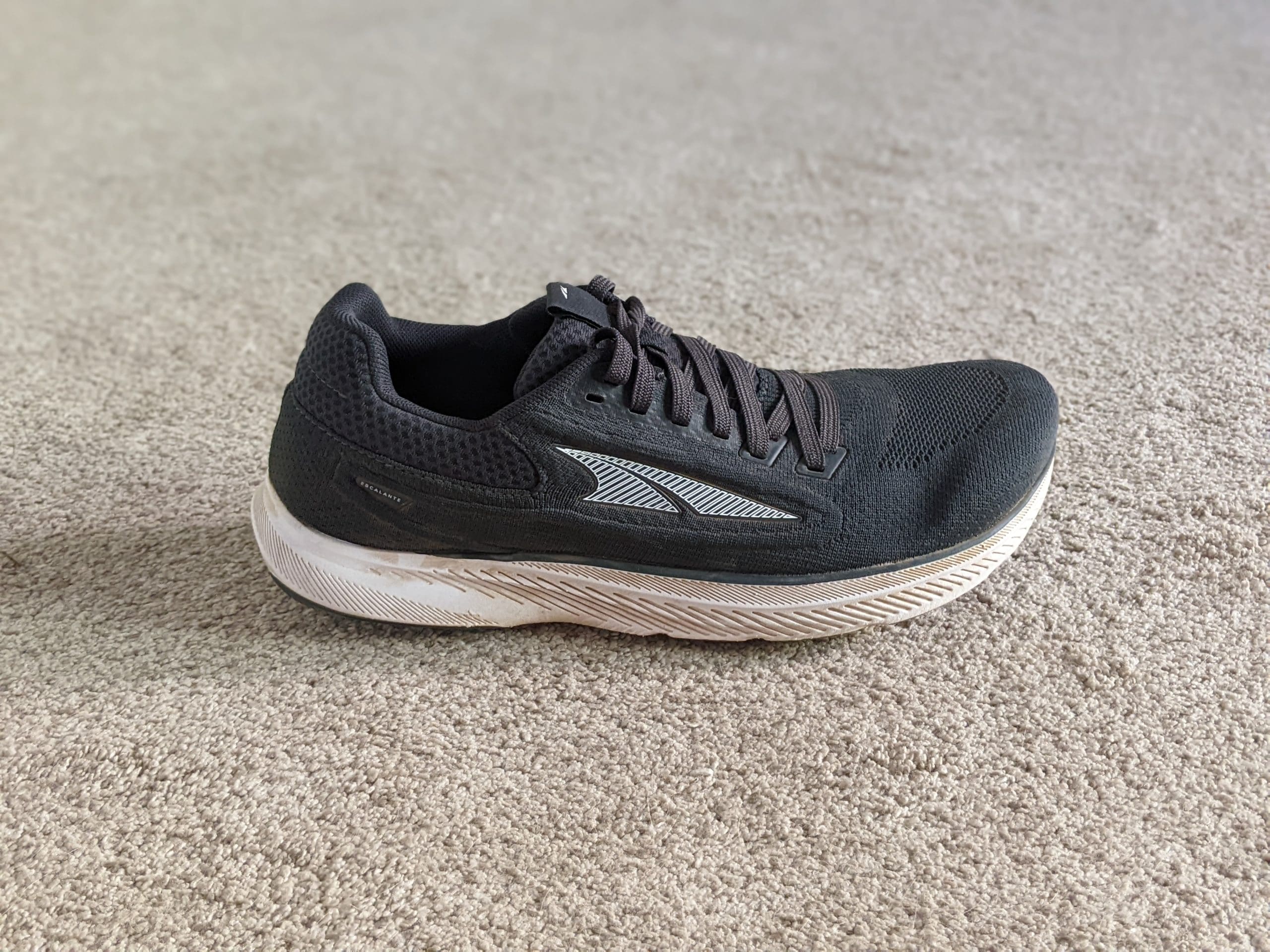
Altra Escalante 3.0
The soft casual do it all from Altra. 5km – half marathon, and still relatively flexible.


